Worksheets Different Types of Pronouns
Pronouns are an essential part of everyday language, helping us to avoid repetitive and cumbersome sentences. Whether you're a student looking to improve your grammar skills or a language enthusiast keen on diving deeper into pronouns, worksheets can be a valuable tool in this learning journey.
Table of Images 👆
- Different Types of Verbs Worksheets
- Reflexive Pronouns Worksheet
- Reading Worksheets 3rd Grade Writing
- 6th Grade Grammar Worksheets
- Abstract Nouns Word List
- Four Kinds of Sentences Worksheets
- 2nd Grade Animal Research Worksheet
- Identifying Point of View Worksheet
- Halloween Reading Worksheets
- Seasons and Months Word Searches Printable
- Singular Plural Possessive Nouns Worksheets
- Compound Nouns List
- Past Present Future Worksheets Printable
More Other Worksheets
Kindergarten Worksheet My RoomSpanish Verb Worksheets
Cooking Vocabulary Worksheet
DNA Code Worksheet
Meiosis Worksheet Answer Key
Art Handouts and Worksheets
7 Elements of Art Worksheets
All Amendment Worksheet
Symmetry Art Worksheets
Daily Meal Planning Worksheet
What is a personal pronoun?
A personal pronoun is a word that is used to replace a person or thing in a sentence to avoid repetition. Personal pronouns can refer to the first person (I, me, we, us), second person (you), or third person (he, she, it, they) and can function as subjects or objects in a sentence.
Give an example of a possessive pronoun.
An example of a possessive pronoun is "mine".
How does a relative pronoun function in a sentence?
A relative pronoun functions in a sentence by connecting a dependent clause to an independent clause, often serving as the subject or object of the dependent clause. Relative pronouns like "who," "which," "that," and "whom" refer back to a noun or pronoun mentioned earlier in the sentence to provide more information. They help create more complex and cohesive sentences by adding details or explanations about the noun or pronoun they refer to.
Explain the role of a demonstrative pronoun.
A demonstrative pronoun is used to point out specific people, places, things, or ideas in a sentence. It can indicate proximity (this, these) or distance (that, those) from the speaker or listener, helping to clarify which specific entity is being referred to. Demonstrative pronouns eliminate the need to repeatedly name or describe the noun in a sentence, making communication more concise and efficient.
What are the two categories of indefinite pronouns?
The two categories of indefinite pronouns are those that are singular, such as "everyone" and "someone," and those that are plural, such as "both" and "several." Singular indefinite pronouns refer to one person or thing, while plural indefinite pronouns refer to more than one person or thing.
Provide an example of an interrogative pronoun.
What" is an example of an interrogative pronoun, used to ask about specific information or details.
What is the purpose of using reflexive pronouns?
The purpose of using reflexive pronouns is to refer back to the subject of the sentence or clause and emphasize that the subject is performing an action on itself. Reflexive pronouns also show that the subject and the object of the sentence are the same entity.
Define the term "intensive pronoun" and provide an example.
An intensive pronoun is a pronoun that emphasizes a preceding noun or pronoun, rather than replace it. It usually appears immediately after the noun or pronoun it is emphasizing. For example, in the sentence "I myself will take care of the situation," the word "myself" is an intensive pronoun emphasizing the subject "I.
How do reciprocal pronouns differ from other pronouns?
Reciprocal pronouns differ from other pronouns because they are specifically used to indicate mutual actions or relationships between two or more people. Reciprocal pronouns, such as "each other" and "one another," are used when the subject and object of the verb are the same people or groups, showing that the action is being done by each person or group towards the other. Other pronouns do not inherently imply this mutual interaction or relationship.
What is the significance of using pronouns in written and spoken language?
Pronouns play a crucial role in written and spoken language by reducing repetition and adding coherence to communication. They help in avoiding redundancy, maintaining flow, and enhancing clarity by replacing nouns and names with words like "he," "she," "it," or "they." Pronouns also contribute to creating a sense of inclusivity and equality by allowing speakers and writers to refer to individuals or groups without constantly repeating specific terms, thus fostering effective and efficient communication.
Have something to share?
Who is Worksheeto?
At Worksheeto, we are committed to delivering an extensive and varied portfolio of superior quality worksheets, designed to address the educational demands of students, educators, and parents.

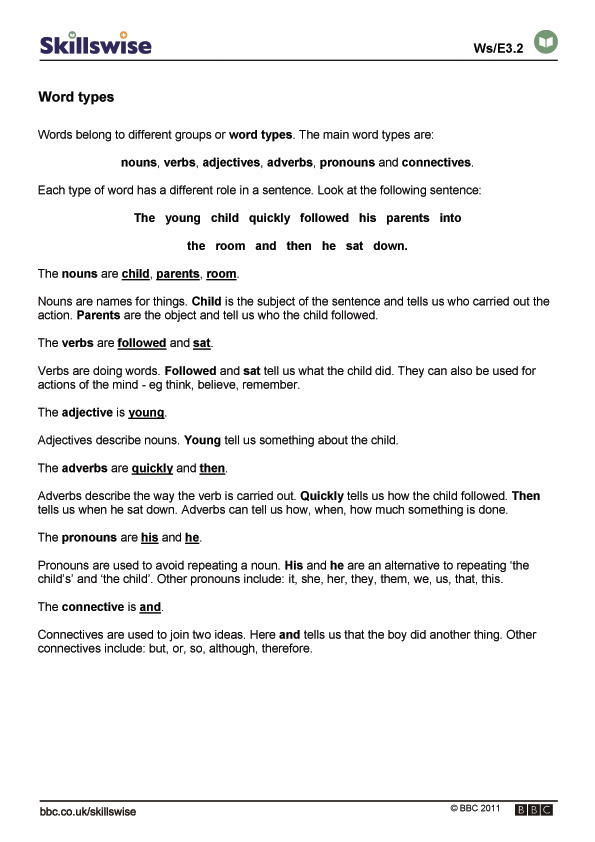



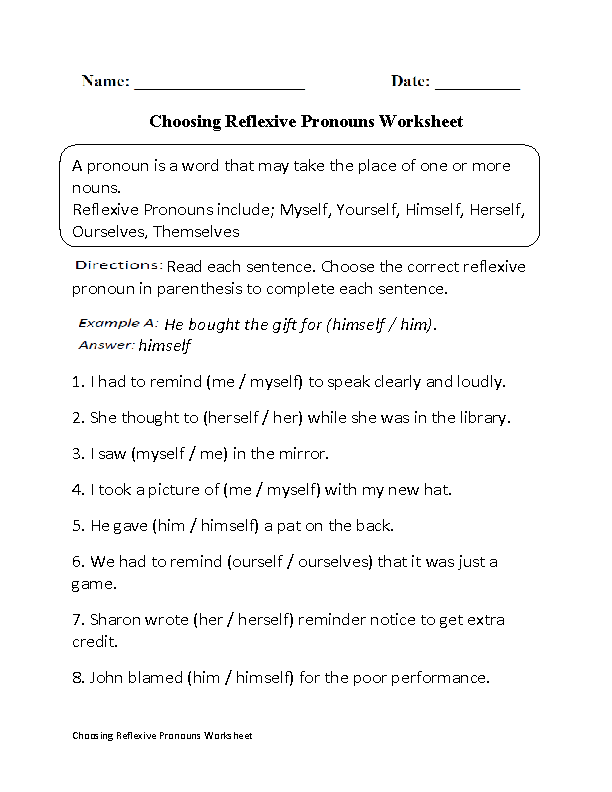
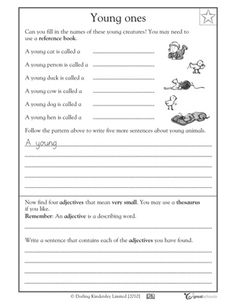

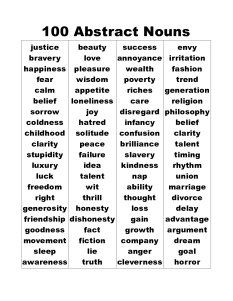
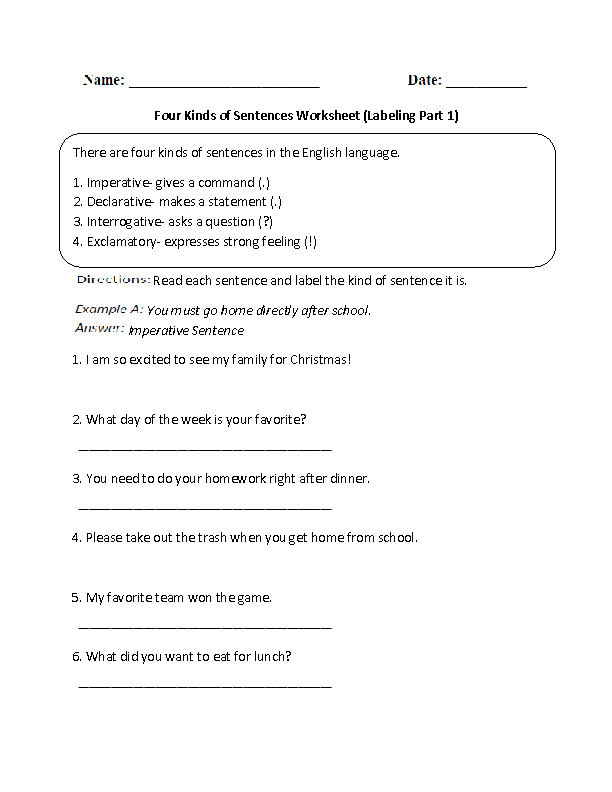
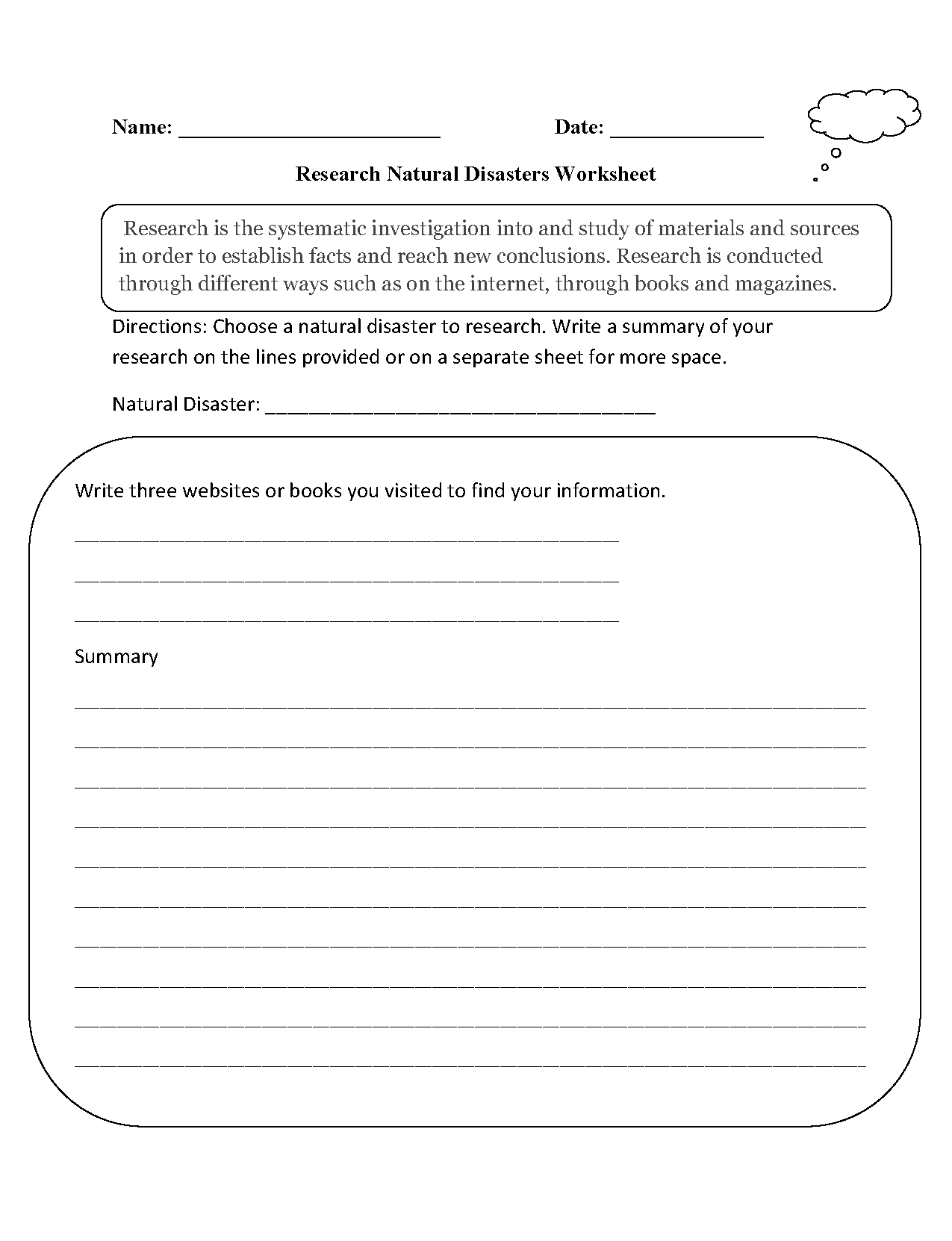
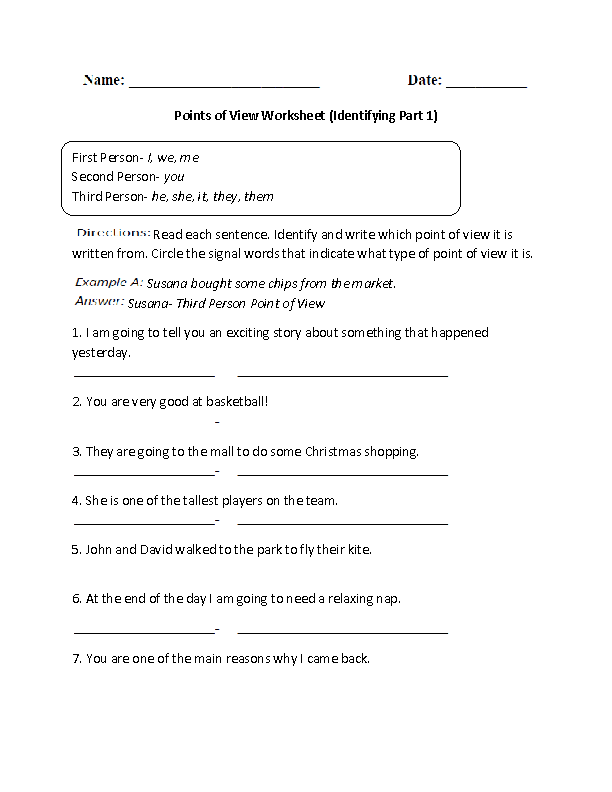
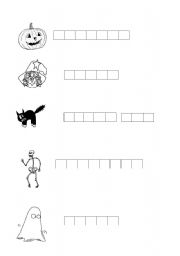
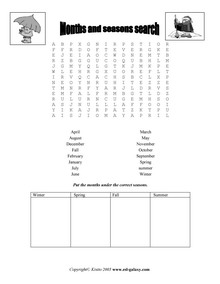
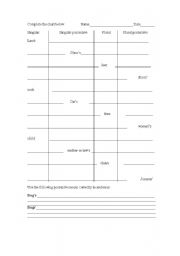

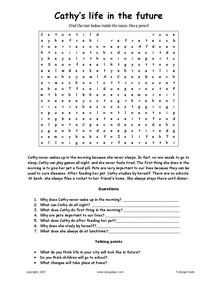














Comments